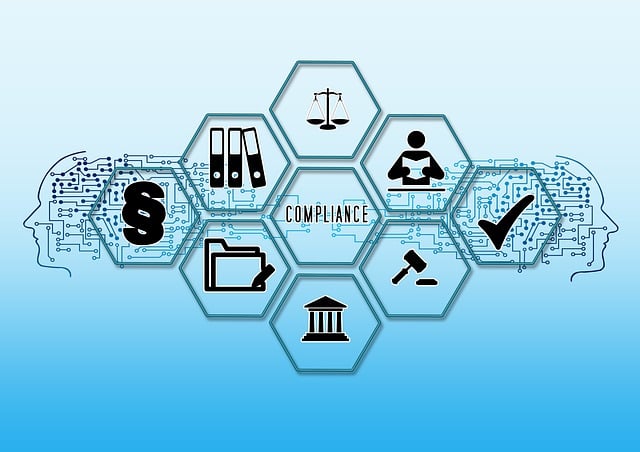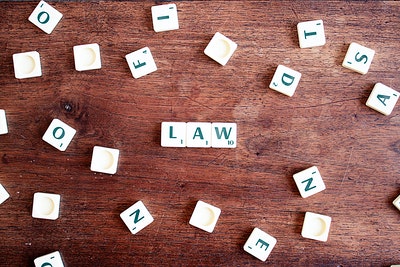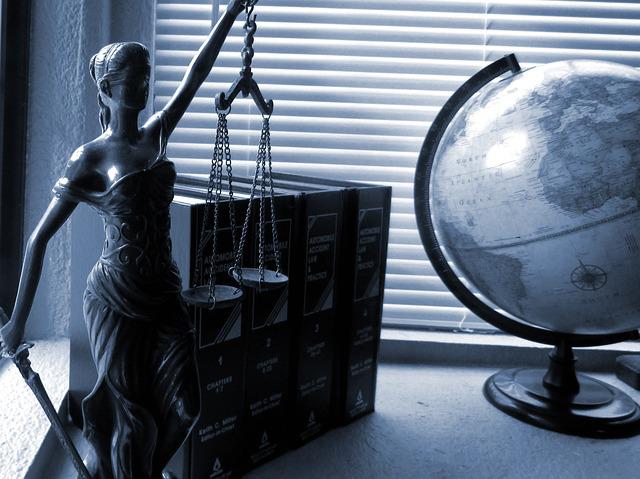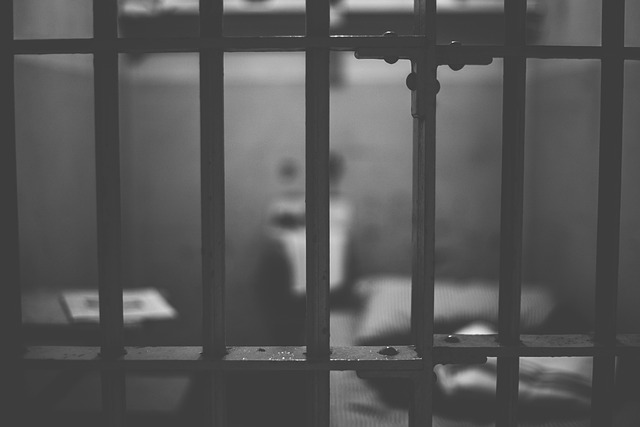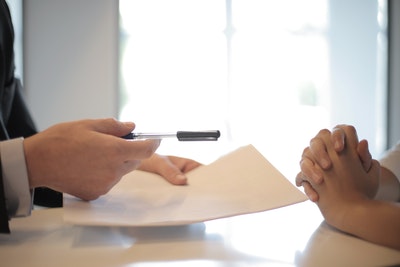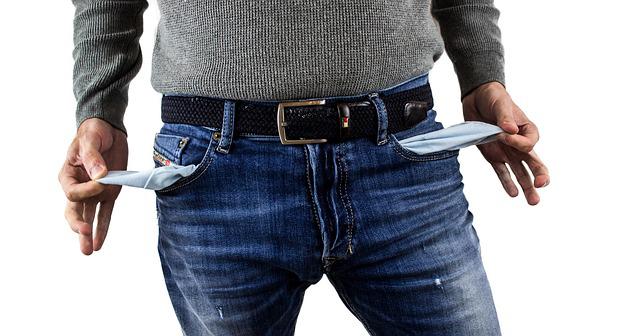The Do’s and Don’ts of Fender Benders
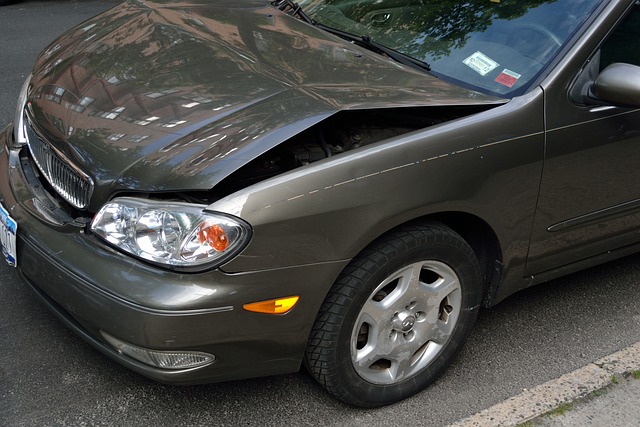
Fender benders are just another word for minor auto accidents. In these types of crashes, the damage is usually minimal and no one gets hurt.
But that doesn’t mean you can just ignore this type of accident — you still need to take certain steps to ensure your safety and protect yourself from legal liability.
So, let’s learn more about the dos and don’ts of fender benders:
Do:
Know the Laws in Your Area
There are specific laws in each state that govern how to handle minor auto accidents. For example, these North Carolina fender bender laws can help residents of this area to understand what to do if they are involved in this type of accident. It may differ, depending on which state you are in.
In most states, the law requires drivers involved in minor accidents to exchange contact information and driver’s license numbers. You’ll also need to provide your insurance information to the other driver.
Some states require drivers to file a report with the police after a minor accident, while others don’t. It’s important to check with your state’s Department of Motor Vehicles to find out what the requirements are in your area.
If there is any damage to either vehicle, it’s important to get an estimate for the repairs. You may also need this information if you decide to file a claim with your insurance company.
Call 911
Once you have assessed the situation, and are in the right mindset, you should call 911 for assistance, especially if any of the passengers have been injured or there is a disagreement about what happened.
The police will be able to help resolve any disputes and determine who is at fault and will be able to start an investigation to ensure that all parties receive the best outcome.
Furthermore, anyone who needs medical assistance can be treated at the scene, and those who have been injured can be transported to the hospital if necessary.
Document Evidence
If you have been a victim of a fender bender, it is important that you take the time to document any evidence from the scene of the accident, but only when it is safe to do so.
This can include taking pictures of the damages to both vehicles and/or any property, noting the location and date of the accident, writing down the other driver’s name and contact information, contacting law enforcement to make an accident report, and collecting any witness testimonies.
Having this kind of evidence on hand can be key in building a case should you need to dispute the other driver’s version of events or if you need to file an insurance claim. It is always best to create a written record of what happened as soon after the incident as possible before memories have time to fade or details get mixed up.
Ultimately, having a full record of the incident can be one of the most powerful tools you have in protecting your rights and receiving the compensation that you deserve.
Don’t:
Confront the Other Driver
After you have been in an accident, it is very likely that emotions will be running high. Rightly so, especially if you weren’t at fault. However, it is important to remain calm and not confront the other driver. Yelling, arguing or any kind of hostile behavior will only make the situation worse.
Of course, this may be easier said than done, but it is important to try and remain as calm as possible. If you feel like the other driver is being hostile or verbally attacking you, it is best to take a step back and let them cool off.
The worst thing you could do is engage with them, as it could go against you if your case goes to court. So, just stay back and wait for the police to arrive.
Leave The Scene of the Accident
When you have been involved in an accident, the last thing you should do is leave. You should never leave the scene of an accident until you have filed a police report or exchanged all necessary information with the other parties involved.
Even if it was just a minor fender bender, you should stay on the scene until law enforcement arrives. It is important that you provide accurate and complete details to the police so they can better assess the situation and determine who was at fault. This can help them to find the right outcome for the case.
Move the Cars Yourself
While it can be very tempting to move your own car after being involved in a fender bender, it is not always the best idea.
You must assess the situation and make sure you are safe before attempting to move either vehicle. If it appears as though no one is injured, then it might be a good idea to move both vehicles out of harm’s way if possible.
It can be particularly helpful to move them off the road if you are on a busy street. This can help to prevent further damage and create more space for other drivers to maneuver around the accident.
If you do decide to move your vehicle, make sure you take pictures of both cars before they are moved, as well as any skid marks that may be present.
Conclusion
We hope this article has been helpful and that you now know what to do if you’re ever in a fender bender. Remember, stay calm and try to think things through rationally before taking any action. If possible, take pictures of the scene and collect contact information from everyone involved.
From here, contact a professional lawyer in your area as soon as possible! They will be able to help you receive justice.

